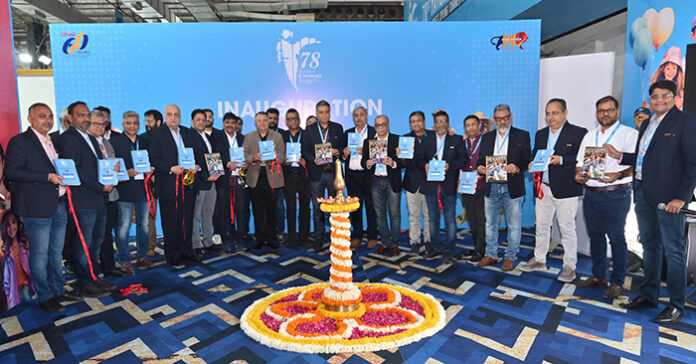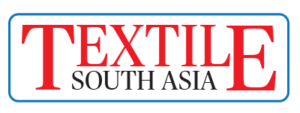The Group of Ministers (GoM) on Rate Rationalization, led by Bihar Deputy Chief Minister Samrat Chaudhary, recently proposed significant changes to GST rates for the Apparel sector, announced on Monday, December 2, 2024. According to the new recommendations, readymade garments priced up to ₹1,500 will continue to attract 5% GST, while those in the ₹1,500 to ₹10,000 range will face a sharp increase to 18% and Apparel above ₹10,000 is set to fall under the highest slab of 28%. Consequently, the Clothing Manufacturers Association of India (CMAI) has raised serious concerns about the potential challenges these revisions could pose for the Apparel industry, including the grave impact on manufacturing, pricing, and consumer demand.
The proposed GST rate hike risks severely disrupting the formal retail sector by driving both consumers and businesses toward informal channels. This shift would adversely affect legitimate retailers and potentially benefit unscrupulous sellers and illegal merchants. The textile industry, already under strain, could face potential one lakh job losses. SMEs in spinning, weaving, and garmenting generally operate with thin PAT margins of 1-3%, and such developments could lead to income losses and further squeezing of profitability. The handloom sector, with over 2 million weavers, a vital part of India’s heritage, may further face up to 25% income loss besides struggling to keep their age-old craft alive due to limited market access and traditional business models. Likewise, ripple effect would be seen in the wool industry of India that provides employment to around 1.2 million people in the organized sector and about 2 million people in the associated industries.
Such hike would lead to more price inflation, compounding challenges for price-sensitive consumers, especially women. Higher taxes on products related to celebrations and festivals will further slowdown consumption, which is already on the decline, creating a potential setback for the economy. While weddings and other celebrations have significant cultural significance, the proposed hike will have serious implications on middle-class families who will be imposed with additional financial burden. While the government aims to increase tax revenue, the proposed change risks reducing overall industry compliance, undermining formalization efforts and eroding the tax base. Instead, a focus on encouraging compliance with lower tax rates and improved enforcement would be more effective.
Expressing his deep concern over the proposed rate revisions, Santosh Katariya, President, Clothing Manufacturers Association of India (CMAI), stated, “The proposed GST rate revisions pose a significant threat to the Apparel industry as a whole, which is already facing challenges like drop in consumer demand, profit erosion and working capital issues. While we acknowledge the government’s commendable step of raising the 5% GST threshold from ₹1,000 to ₹1,500, benefiting the weaker segments, the middle class, which forms a significant portion of the consumer base, remains disproportionately impacted by these hikes. If implemented, it could lead to closures of MSME’s in our sector, further destabilizing an industry that plays a vital role in employment and economic growth. A uniform GST rate of 5% was conducive and offered a practical solution to these challenges. It ensured stability across the value chain, minimized disruptions, and avoided any adverse impact on exports. Moreover, the prevailing rate supported the industry without causing drop in GST collections, fostering both economic growth and ease of doing business. We strongly urge the government to avoid new tax structure and abandon such regressive steps which will create further disruption of businesses which are already struggling for growth due to lackluster consumer sentiments since past two years.”
Speaking on this development, Rahul Mehta, Chief Mentor, Clothing Manufacturers Association of India (CMAI), stated, “The Apparel industry plays a crucial role in India’s economy, providing millions of jobs and contributing significantly to the nation’s growth. However, the sector is already struggling with weakened consumer demand and is actually in dire need of policy support to boost sales. Policies should be designed to nurture the industry, ensuring a balanced approach that fosters growth and stability. The Government must consult industry stakeholders to fully understand the implications and avoid further challenges before making decisions. The government’s commitment to ease of doing business should reflect in their actions, supporting with policies that drive growth, reduce obstacles, and help the industry to thrive.”
In light of these concerns, the Clothing Manufacturers Association of India (CMAI) urges the government to discard the proposed GST rate revisions. While the intent to streamline the tax structure is recognized, it is crucial that policy changes should only strengthen the Apparel industry’s growth and stability. The proposed tax hike on garments, especially those priced under ₹10,000, seems disproportionate when compared to the GST rate on genuinely high-value luxury products. For example, a ₹1.5 lakh high-end mobile phone is taxed at 18%, whereas a ₹10,000 ladies’ suit is proposed to be taxed at 28%. This discrepancy will lead to further instability in the sector.
A continuation of the existing GST rate provides the needed stability and protects jobs, enabling the sector to continue driving significant economic contributions. All the good work done by the Government in formalizing businesses with the current GST regime can be easily wiped out by increasing price point based higher taxes. CMAI advocates for a balanced approach that ensures long-term sustainability and benefits for all stakeholders.










